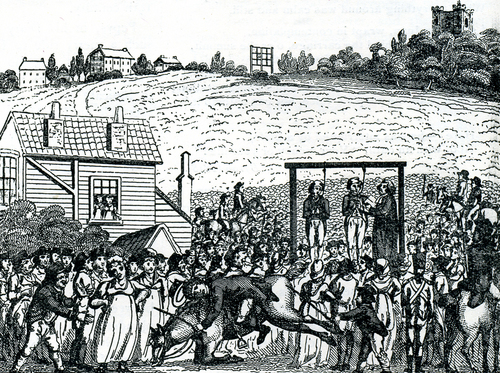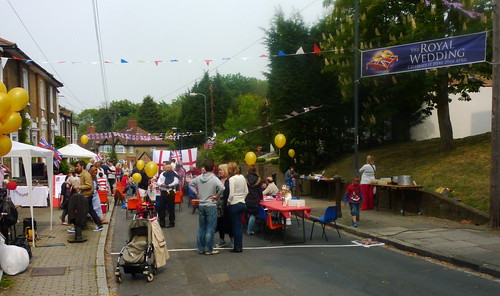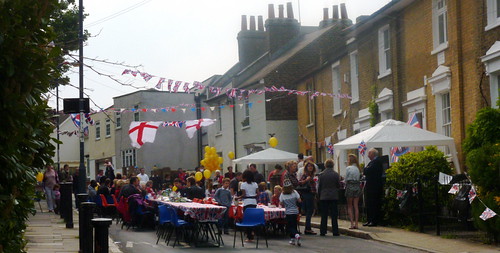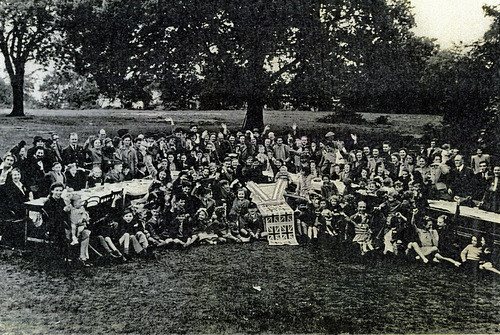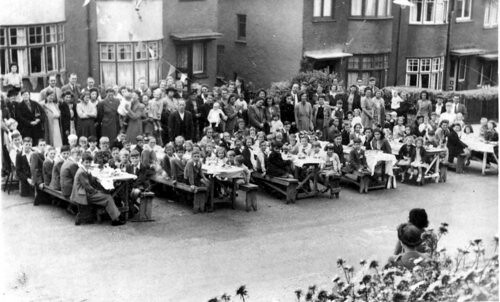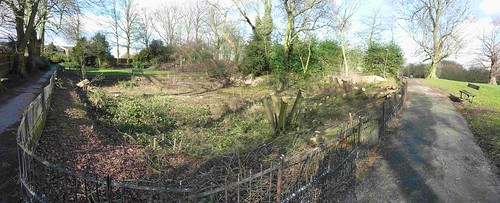Partly thanks to the bank holiday weather, various maps got made today.
These were made from a cache of open data stored by the democratising technologists over at mysociety. Among other things, they are responsible for the theyworkforyou website, which makes it easy to find out what MPs get up to. Over the last few weeks it’s been possible to learn that Clive Efford is extremely angry about the NHS fiasco, in fact he’s made himself heard in no uncertain terms, and it wasn’t just theyworkforyou that have been syndicating his speeches, but the radio four today programme – in case you were wondering, it was him asking the Lib Dems if they were going to have a spine and vote against the health cuts… He’s also been hot on the trail of the Localism bill, in particular with regard to how it affects the provision of enough allotments at an affordable rate, something that may have come to his attention as a result of the recent price hike introduced by the Local Authority (it’s quite possible that some people have complained to him about this and he’s investigating further). The story behind the increase goes like this: LBG allotments cost £80000 to administer; 15 sites (769 plot holders) currently provide £20000 in rentals, so the near fourfold price hike will make up the shortfall. In any case, under the Localism bill, it may be that some areas end up less allotments, and some with more, who knows?
Anyway, the mysociety people also provide a lot of mapping tools, and store all british political boundaries in digital form for free. Having got this great big national dataset, it took a bit of fiddling to extract local ward boundaries using R (also free). If you would like to do any mapping and with the local boundaries as kml or shapefiles please drop us a line.
The general idea was to use the maps to run comparisons between Shooters Hill and neighbouring wards using 2001 census data, and when the 2011 census comes out, some historical comparisons can follow.
View Shooters Hill Neighbouring Wards dwellings in a larger map
The first comparison is number of dwellings (i.e. postal addresses) in 2001. In comparison to neighbouring wards, Woolwich Common has the most, presumably because of the flats, whilst East Wickham (Bexley) has the least, more than a thousand less than any other ward. It’s quite a small area, and includes farmland and open space, and so it becomes clearer that comparing areas on counts rather than proportions might be a bit inappropriate, so mapping dwellings to land might be a better comparison to make, still it’s a start. The colour scaling is also a bit problematic, as the smallest measure is translated into zero colour, which stands out a bit more than it should…
View Shooters Hill Neighbouring Wards Population in a larger map
This map shows the number of people in each ward, compared (using colour scaling) relatively between these wards only. The lowest number of people was in East Wickham, and the highest in Plumstead, which suggests that some of the many flats in Woolwich common are either empty or have relatively few occupants.
View Shooters Hill Neighbouring Wards Average Age in a larger map
This map shows the average age of the population, and East Wickham comes out top for a change, with an average age of 40, whilst areas such as Shooters Hill have a lower average age, presumably as they have more young people, which pulls the measure downwards.
Well, that was the first attempt at doing some basic demographic mapping – and it’s not really conclusive, but it does certainly seem to show that the differences are strongest between the 6 wards in Greenwich and the 1 in Bexley, East Wickham, which has the least houses and people, and the oldest average age.






